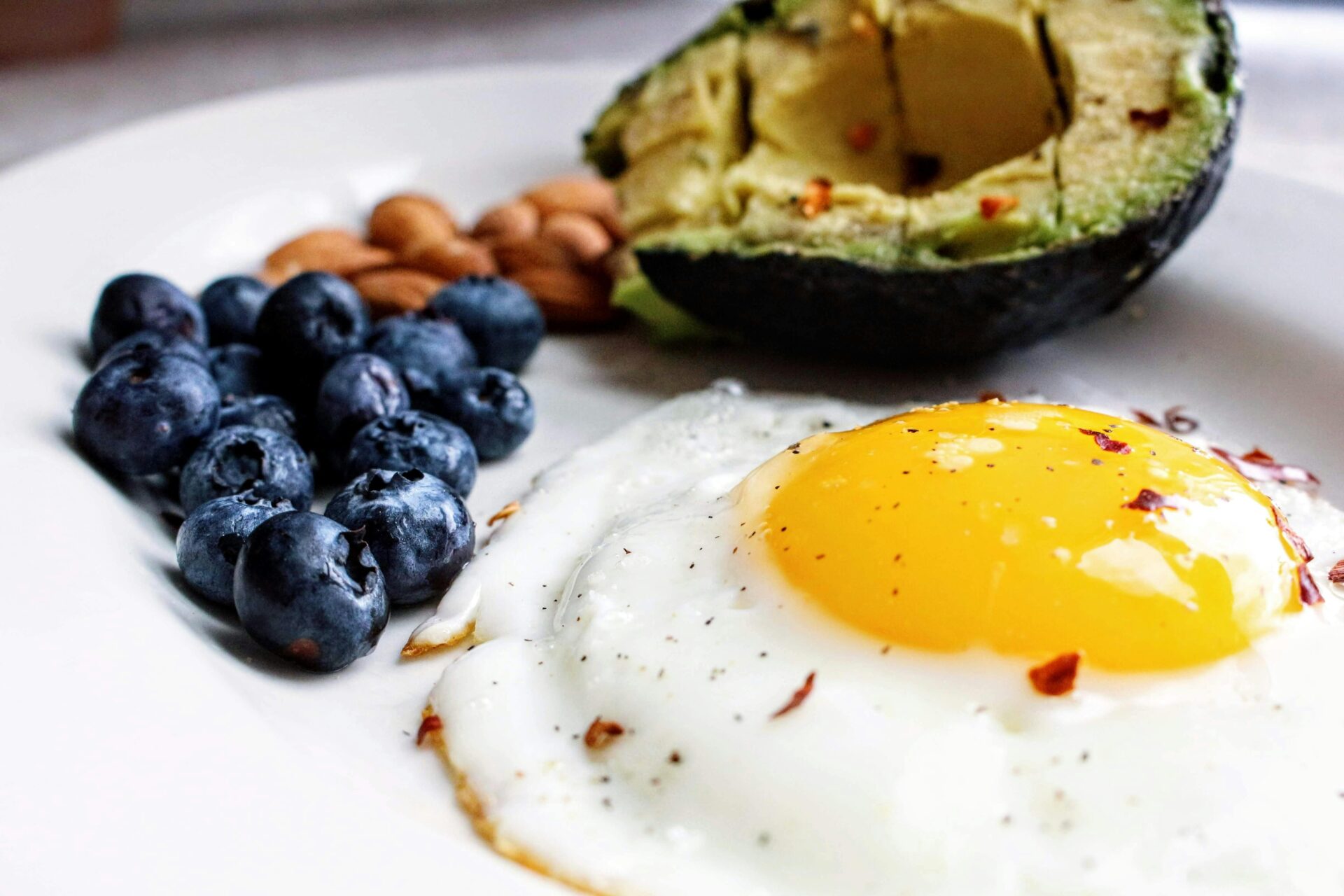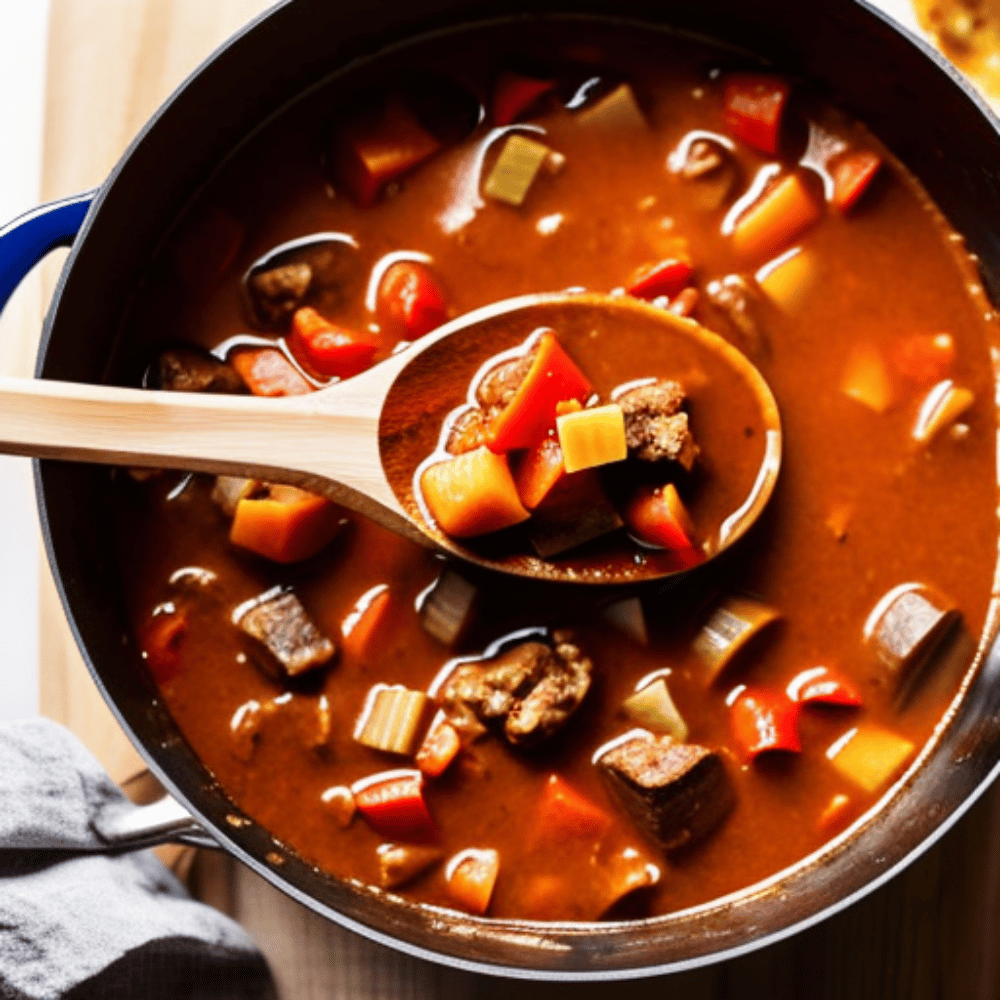The ketogenic diet, or keto for short, is a diet plan that involves eating lots of fat, some protein, and drastically reduced amounts of carbohydrates. It’s a diet that’s gaining fans not just for its waist-slimming benefits but also the potential to boost overall wellness. People who swear by keto claim it helps with everything from antiaging to mental clarity and physical stamina.
However, following the keto diet isn’t just about hitting the recommended macronutrient ratios. Dieters must eat high-quality, nutrient-dense foods that ensure a balanced diet. And let’s be honest, finding yummy keto-friendly options that won’t leave your taste buds feeling blue can be a real challenge.
Luckily, you can enjoy tasty treats without breaking the keto rules. It’s all about choosing wisely. Here are some of the best things to eat that will give your body what it needs and keep you feeling good, all without sacrificing taste!
1. Avocados
Fats are the stars of the keto show. They propel the body into ketosis—a state where it becomes incredibly efficient at burning fats instead of carbohydrates for energy—while also making your meals delicious.
One of the best sources of healthy fats is the avocado. This fruit (yes, it’s a fruit!) is a keto dieter’s dream.
Avocados are not only rich in monounsaturated fats, which are great for heart health, but they also pack a hefty fiber punch that aids digestion and prevents constipation—a common concern on keto.
Begin your day with a delicious and nutrient-packed breakfast of scrambled eggs topped with sliced avocado. The creamy avocado pairs perfectly with the fluffy scrambled eggs, providing a balanced meal that keeps you feeling full and energized throughout the morning.
Enhance the flavors by sprinkling some freshly ground black pepper or chili flakes on top of the avocado. You can also add a drizzle of olive oil for an extra touch of richness.
Other great sources of healthy fats for your keto diet include coconut oil and grass-fed butter.
2. Free-Range Poultry
While the keto diet minimizes carbohydrate intake to shift the body’s primary energy source from glucose to ketones, the body still requires some glucose to function—particularly for the brain and red blood cells.
On a keto diet, a process called gluconeogenesis enables the body to convert protein into glucose, ensuring that glucose-dependent tissues are adequately fueled. Sufficient protein consumption is therefore crucial to prevent muscle loss during fat-burning, as the body may break down muscle tissue to fulfill its amino acid requirements in the absence of adequate dietary protein.
Chicken is an excellent source of complete protein, meaning it contains all nine essential amino acids that the human body cannot synthesize on its own. Furthermore, free-range chicken, raised in natural and stress-free environments, tends to have higher levels of protein and other nutrients compared to conventionally raised birds.
Try a stir-fry using chicken thighs—these have higher fat content—and a medley of low-carb vegetables for a satisfying and nutritious meal.
3. Colorful Bell Peppers

Photo by Sarah Chai on Pexels
So, which vegetables are we talking about? There are plenty of delicious and nutritious options to choose from, and colored bell peppers lead the pack with their vibrant hues and sweet flavor.
Red bell peppers are particularly rich in vitamin C, while orange and yellow varieties are high in beta-carotene, an antioxidant that the body converts into vitamin A. Green bell peppers, though less colorful, are still a good source of vitamin C and fiber.
Bell peppers are also versatile and can be cooked in a variety of ways, from roasting and grilling to steaming and sautéing. One favorite is to fill a few vibrant bell peppers with a savory mix of ground meat, melty cheese, and your favorite spices. Bake until the peppers are tender and the filling bubbly, and enjoy a hearty but healthy meal.
Some other popular low-carb vegetables for keto meals include:
- Broccoli
- Cauliflower
- Cabbage
- Brussels sprouts
- Asparagus
- Spinach
- Kale
These vegetables are not only a great way to add bulk and flavor to your meals, but they also provide essential vitamins, minerals, and fiber.
4. Greek Yogurt
Dairy products, especially those high in fat, offer several benefits for individuals following a ketogenic diet.
They are a good source of essential nutrients, including calcium, vitamin D, and potassium—which are vital for bone health, muscle function, and overall well-being. Plus, full-fat dairy products align well with the keto diet’s macronutrient requirements, providing essential fats and protein that sustain healthy ketosis.
Greek yogurt is the perfect complement to a ketogenic diet because of its creamy and thick texture that satisfies cravings and keeps one full for longer. Its tangy, slightly sweet flavor profile also pairs beautifully with a variety of keto-friendly food options.
Blend a handful of raspberries with some plain Greek yogurt for a breakfast or snack that’s both decadent and refreshing.
5. Almonds and Walnuts
When it comes to adding flavor and texture to your Greek yogurt, you can’t go wrong with the satisfying crunch and nutritional benefits of almonds and walnuts. Just sprinkle a generous handful of chopped almonds and walnuts over your blended yogurt snack.
Why are almonds and walnuts so great for keto diets? For one, they are one of the few nuts that have a low net carb count, which is calculated by subtracting the fiber from the total carbohydrates. This makes them an ideal snack for maintaining ketosis as they help keep your daily carb intake within the keto diet’s strict limits.
These nuts are also rich in healthy fats, provide a good amount of plant-based protein and fiber, and are packed with vitamins and minerals such as vitamin E, magnesium, and potassium.
They are some of the healthiest ways to snack on your diet.
6. Dark Chocolate

Photo by Elena Leya on Unsplash
Dark chocolate is a delectable treat that aligns perfectly with the keto lifestyle, allowing you to satisfy your sweet cravings without compromising your dietary goals.
Made from cocoa solids and minimal sugar, dark chocolate contains a higher percentage of cocoa than regular chocolate, typically ranging from 70% to 99%. This higher cocoa content translates to lower carbohydrate levels, making it a suitable choice for individuals following a ketogenic diet.
Opt for varieties with at least 70% cocoa solids and natural, plant-based sweeteners. You can even elevate your keto baking game by incorporating dark chocolate into your favorite recipes.
This dessert is a goldmine when it comes to taste and health. Go ahead and indulge your sweet tooth without feeling guilty!
It’s All About Nutritional Balance
Whatever food options you choose, always remember that the key to a successful and healthy ketogenic lifestyle lies in quality, variety, and balance.
Incorporate a wide range of good fats, proteins, low-carb vegetables, and the occasional treat to not only stay on track with your keto goals but also enjoy the journey.












